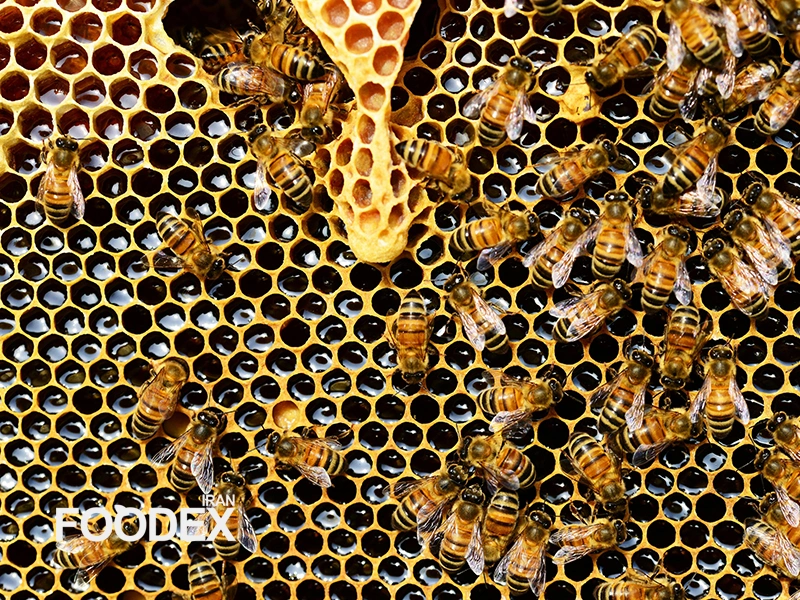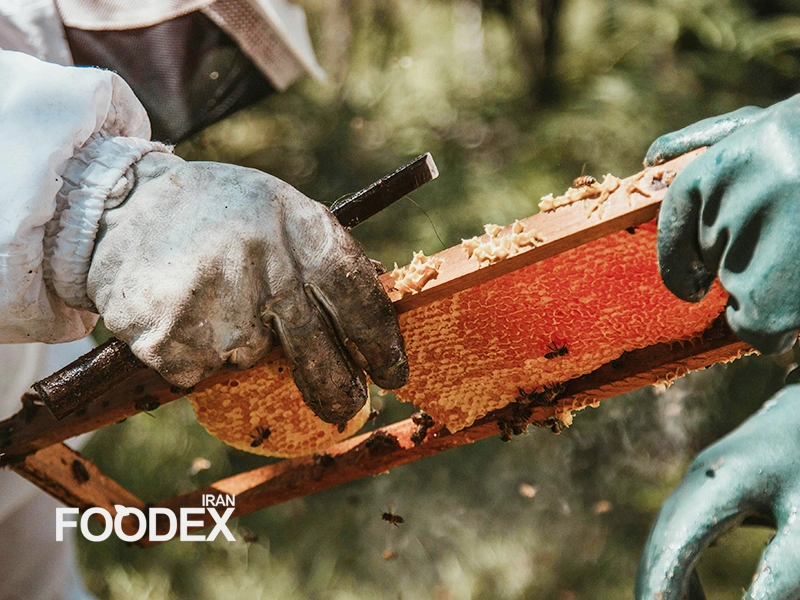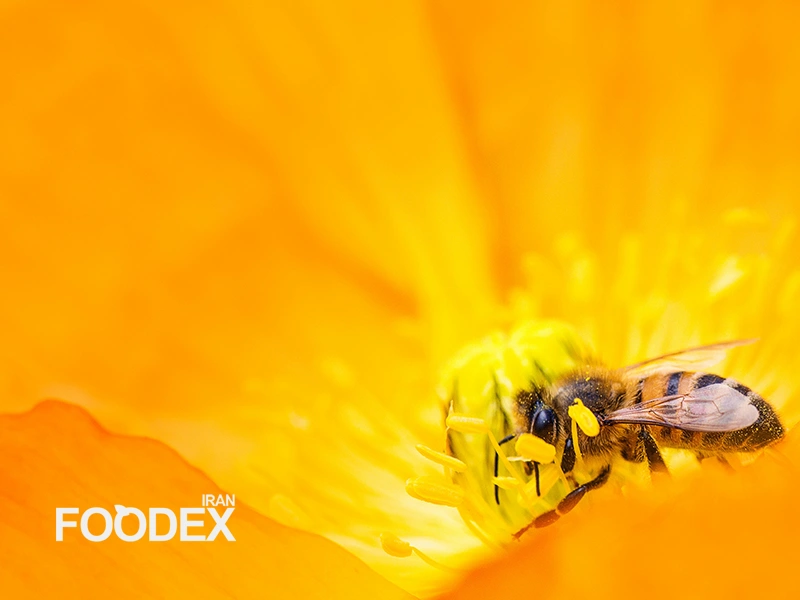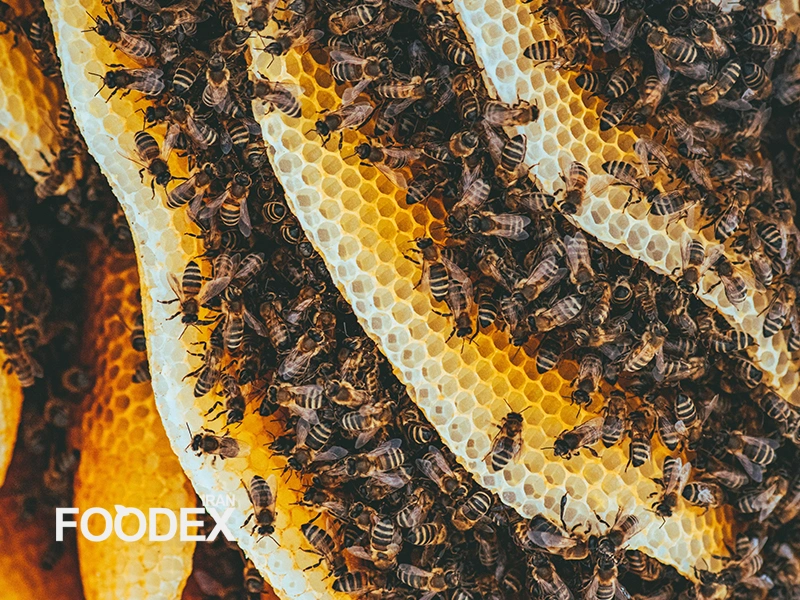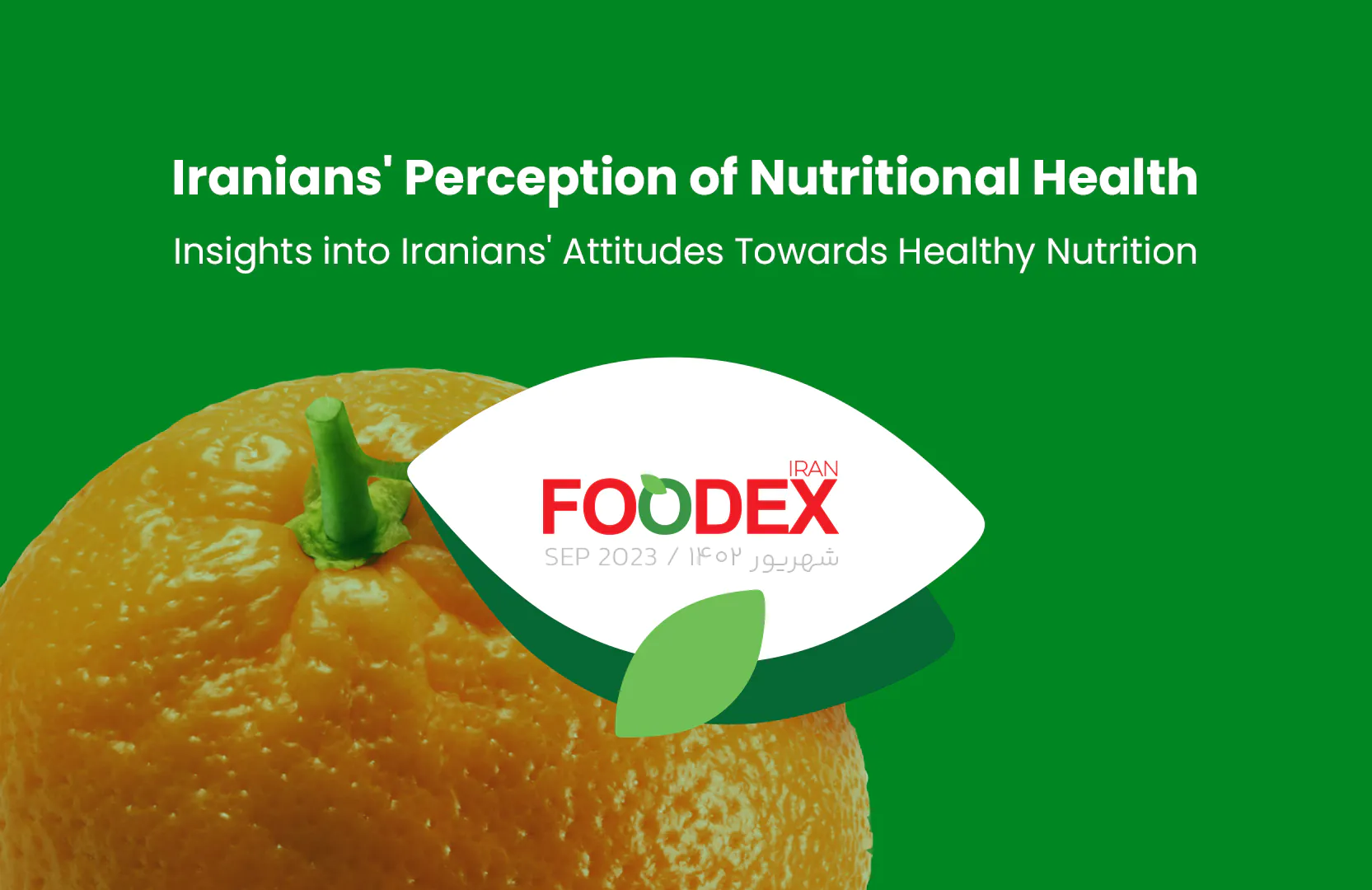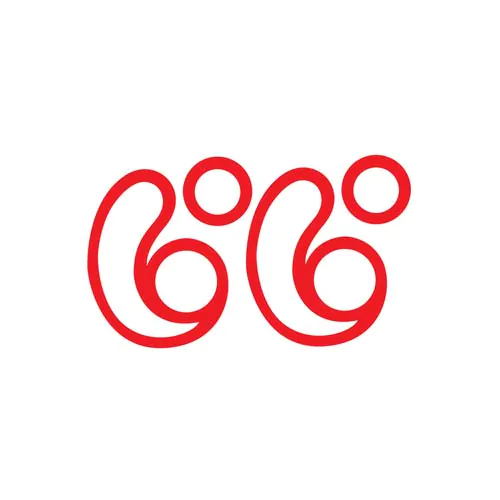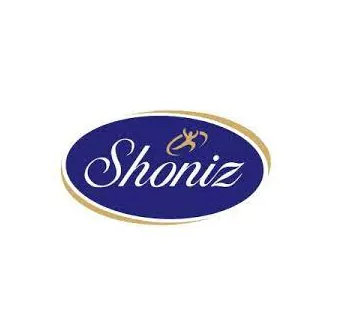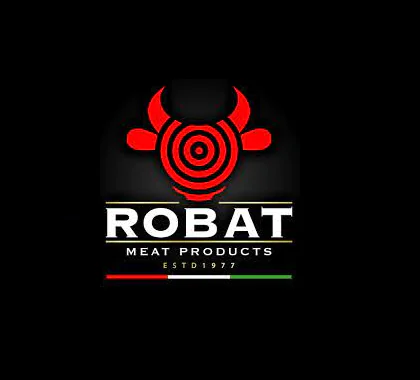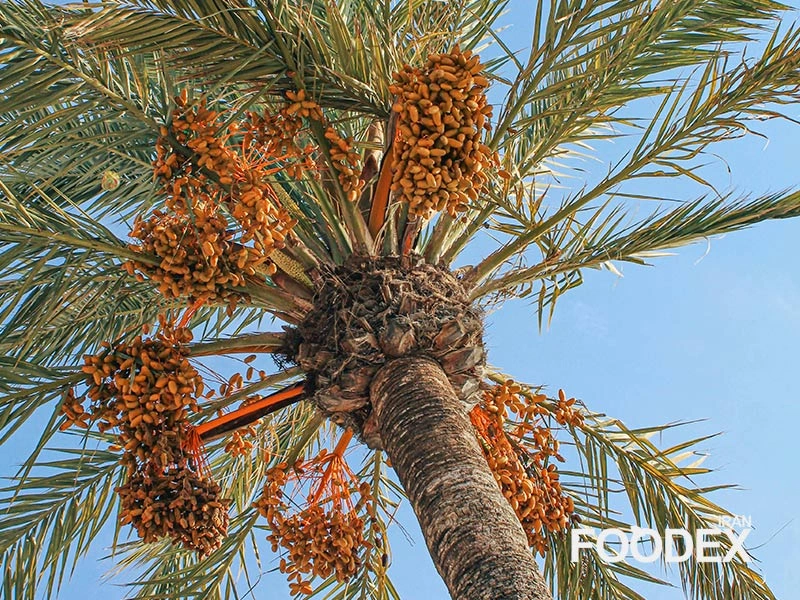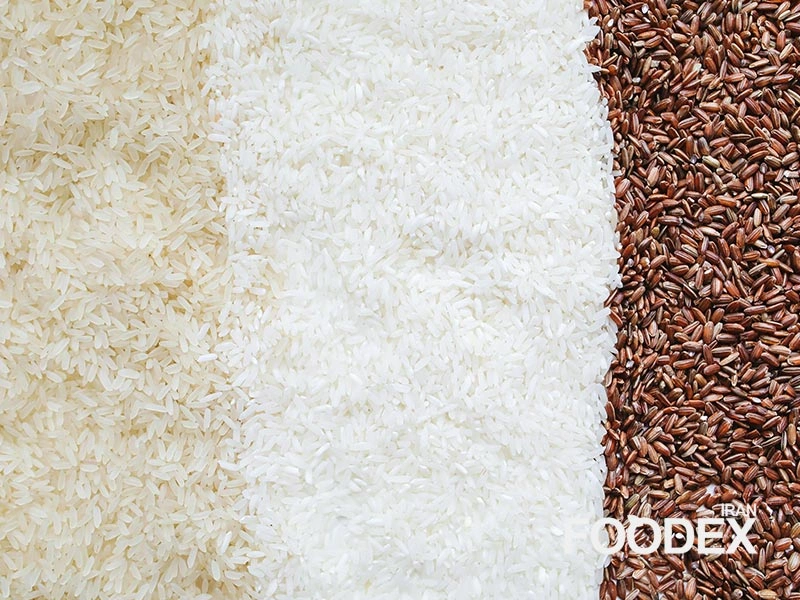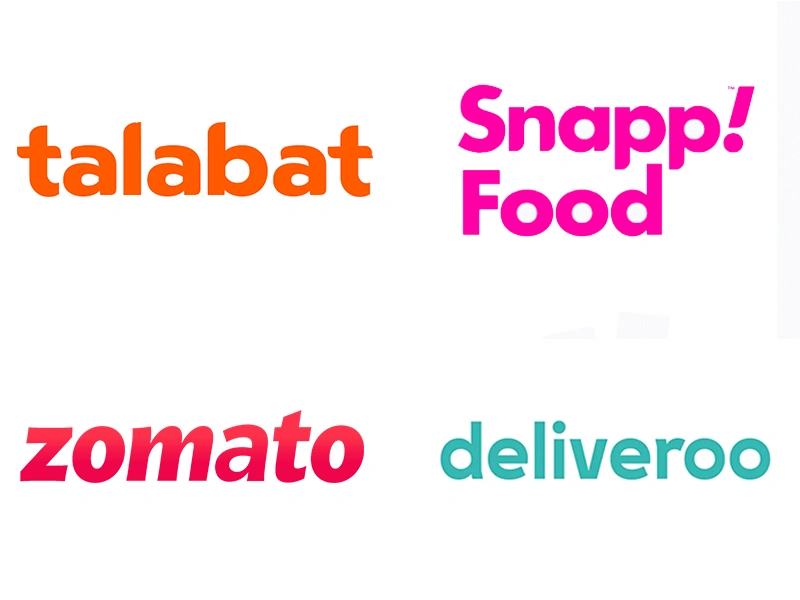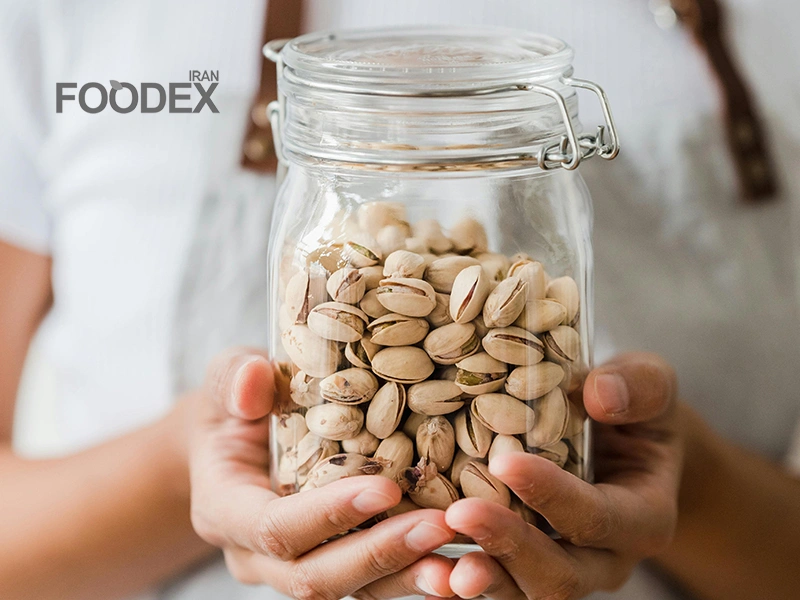What is Honey?
Honey is a sweet substance produced by honeybees from the nectar of flowers. This natural product plays a significant role in human nutrition due to its unique composition, which includes carbohydrates, minerals, vitamins, and specific enzymes.
Physical and Chemical Characteristics of Honey
Honey consists of natural sugars such as fructose and glucose, water, and other components like enzymes, amino acids, and antioxidants. Its color and flavor depend on the type of plants the bees feed on.
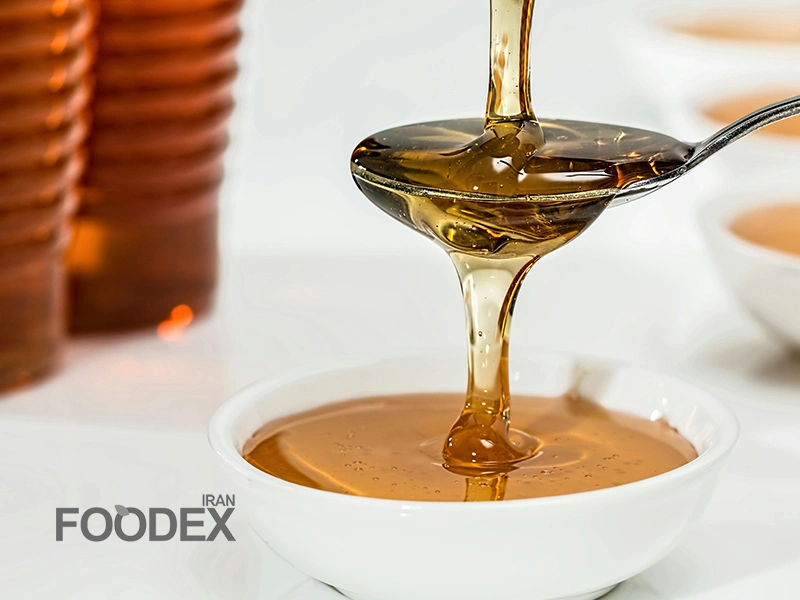
The History of Honey: From Ancient Times to the Present
The history of honey dates back thousands of years. This natural substance has been used as a nutritious food, a medicine, and a valuable product in many ancient civilizations. Based on historical sources and archaeological evidence, the use of honey was widespread among various cultures, particularly in the Middle East, Africa, and Europe.
Early Civilizations
The oldest evidence of honey consumption can be traced to the cave paintings in Valencia, Spain, dating back approximately 8,000 years. These paintings depict a woman collecting honey from a hive, indicating that honey was used as both a food source and possibly a medicinal substance in prehistoric times.
Ancient Egypt
In ancient Egypt, honey was considered a vital food and medicine, often offered as a gift to the gods. It played a role in religious ceremonies and was even used in the mummification process. Egyptians obtained honey from traditional beekeeping and viewed it as a symbol of wealth and purity. The use of honey in Egypt dates back over 2,400 years BCE.
Mesopotamia (Sumer and Babylon)
In Mesopotamia, honey was an important food and medicinal product. Sumerian medical texts from around 2,000 BCE highlight honey’s therapeutic properties. The Sumerians combined honey with other medicinal ingredients to treat wounds and infections.
Ancient Greece and Rome
In ancient Greece, honey was revered as the “food of the gods.” Hippocrates, the father of medicine, praised honey for its healing properties, recommending it for wound care and digestive health. Aristotle also noted honey’s medicinal and nutritional value in his writings.
Saffron: The Red Gold of the Culinary World
Learn MoreIn ancient Rome, honey was a key food ingredient and was widely used in medicine. Roman soldiers relied on honey as an energy source during battles, and it was commonly used to make sweets and various beverages.
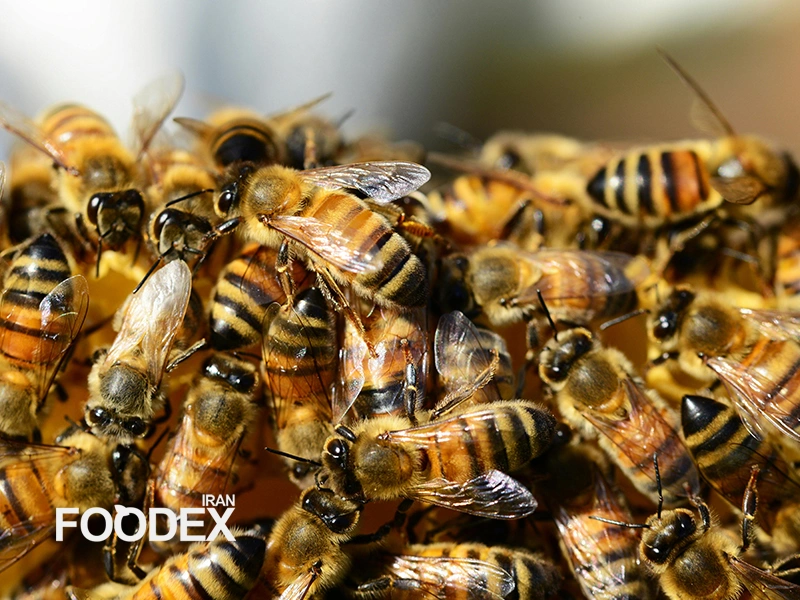
Medicinal Properties and Applications of Natural Honey
Honey has been recognized for its therapeutic properties for centuries. Its unique composition makes it not only a natural sweetener but also a powerful remedy for various health issues. Below are some of the most notable health benefits and applications of natural honey:
1. Strong Antioxidant Properties
Honey contains potent antioxidant compounds, such as flavonoids, that help reduce cellular damage caused by free radicals. These antioxidants play a key role in preventing chronic diseases and promoting overall health.
2. Antibacterial and Anti-inflammatory Effects
Honey has natural antimicrobial properties that make it effective in combating bacterial infections and reducing inflammation. It is widely used in wound care to promote healing and prevent infection.
3. Immune System Boost
Regular consumption of honey can strengthen the immune system, helping the body resist various illnesses. Its natural components, including enzymes and phytonutrients, contribute to overall immune health.
Applications of Natural Honey in Food and Medicine
In the Food Industry
Honey is a natural sweetener used in a variety of food products, including bread, pastries, and beverages. Its distinct flavor and nutritional benefits make it a preferred alternative to refined sugar.
In the Pharmaceutical Industry
Due to its antibacterial and healing properties, honey is used in the production of medicinal products such as anti-inflammatory creams, wound dressings, and skincare masks.
Iran has a rich tradition of beekeeping, producing a variety of honeys that reflect its diverse flora and climates. Here are some notable types of Iranian honey:
Thyme Honey
Harvested from mountainous regions, this reddish honey is known for its potential health benefits, including alleviating joint pain and enhancing vision.
Coriander Honey
Derived from coriander plants, this honey is appreciated for its unique flavor and potential digestive benefits.
Sidr (Lote Tree) Honey
Sourced from the Sidr tree, this honey is valued for its rich taste and traditional medicinal uses.
Astragalus Honey
Collected from Astragalus plants, this honey is noted for its light color and mild flavor.
Multiflower Honey
Produced from various wildflowers, this honey offers a complex flavor profile and is widely consumed.
Types of Honey in Iran and Around the World
Honey can be classified into various types based on the source of nectar, the region of production, and the method of processing. Below are some of the most notable types of honey:
1. Monofloral Honey
This type of honey is derived from the nectar of a single type of flower or plant, such as thyme honey or eucalyptus honey. Monofloral honey is prized for its distinct flavor, aroma, and specific health benefits.
2. Polyfloral Honey
Also known as wildflower honey, this type is produced from the nectar of multiple flowers in a region. It offers a complex flavor profile and a broader range of nutrients due to its diverse floral sources.
3. Raw Honey
Raw honey is unprocessed and unheated, retaining its natural enzymes, nutrients, and antioxidants. It is considered more nutritious compared to processed honey and is often preferred for medicinal purposes.
Pistachios : Varieties, Benefits, and Uses
Learn MoreThe Global Honey Market and Iran’s Position
1. Overview of the Global Honey Market
The global honey market is witnessing significant growth due to increasing demand for natural and organic products. Factors such as honey’s health benefits and its versatility in food and pharmaceutical applications drive this growth.
2. Iran’s Role in the Honey Market
Iran is one of the world’s leading producers of honey, thanks to its diverse ecosystems and rich flora. The country is particularly known for its high-quality monofloral honeys like thyme honey and sidr (lote tree) honey. However, despite its production capabilities, Iran faces challenges in capturing a larger share of the global honey market due to packaging and branding limitations.
3. Export Opportunities
Iran exports honey primarily to neighboring countries such as Iraq and the Persian Gulf states, as well as to other Asian markets. There is significant potential for Iran to expand its exports to Europe and North America by improving compliance with international quality and marketing standards.
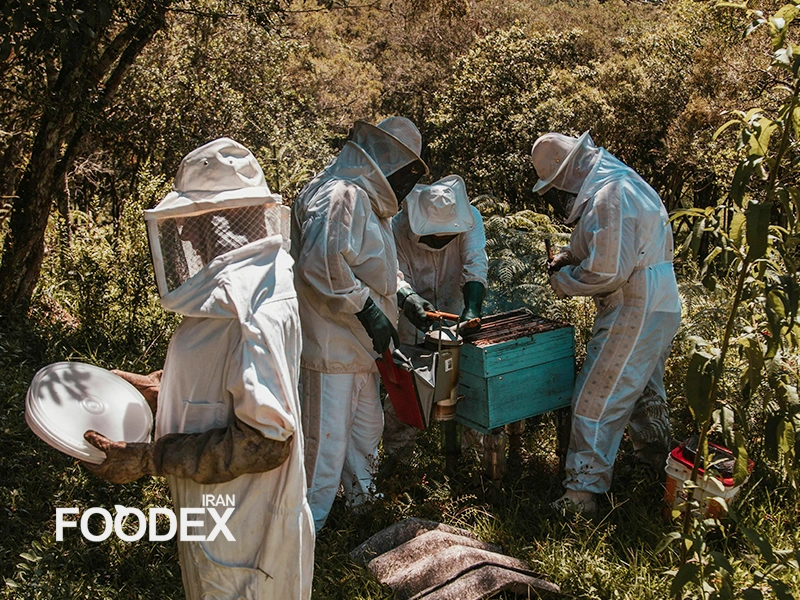
Beekeeping By-products and Economic Opportunities
Honey is not the only valuable product of beekeeping. The beekeeping industry offers a variety of by-products that can generate significant income and open up new business opportunities. Below are the main by-products of beekeeping and their uses:
1. Beeswax
Beeswax is a natural substance produced by honeybees to construct the hexagonal cells of the hive. It has a wide range of applications, including:
Cosmetics: Used in creams, lip balms, and hair care products.
Candle Making: Beeswax candles are valued for their natural aroma and eco-friendliness.
Food Preservation: Beeswax is used as a natural coating for fruits and cheeses to extend their shelf life.
2. Royal Jelly
Royal jelly, also known as bee milk, is a nutrient-rich secretion fed to queen bees. It is highly valued for its health benefits and is used in:
Dietary Supplements: Promotes immune system support and boosts energy levels.
Skincare Products: Known for its anti-aging and regenerative properties.
3. Bee Pollen
Bee pollen consists of pollen granules collected by bees and is often referred to as a “superfood.” It is rich in proteins, vitamins, and minerals and is used in:
Nutritional Supplements: Improves stamina and overall health.
Pharmaceutical Products: Helps in combating inflammation and boosting immunity.
4. Propolis
Propolis is a resin-like material collected by bees from tree sap. It is used in the hive as an antibacterial sealant and has significant commercial applications:
Medicines: Known for its antimicrobial and anti-inflammatory properties.
Skincare: Used in ointments for treating wounds and acne.
5. Bee Venom
Bee venom contains compounds with medicinal properties and is extracted for specialized uses:
Arthritis Treatments: Applied in therapies for joint pain and inflammation.
Cosmetics: Used in anti-aging products to stimulate collagen production.
6. Queen Bees
The breeding and sale of queen bees is an important aspect of beekeeping. Healthy queens are in high demand among professional beekeepers to improve hive productivity.
7. Pollination Services
Beekeeping extends beyond honey production to include the provision of pollination services. Beekeepers transport hives to farms and orchards to support crop pollination, which is critical for agricultural productivity.
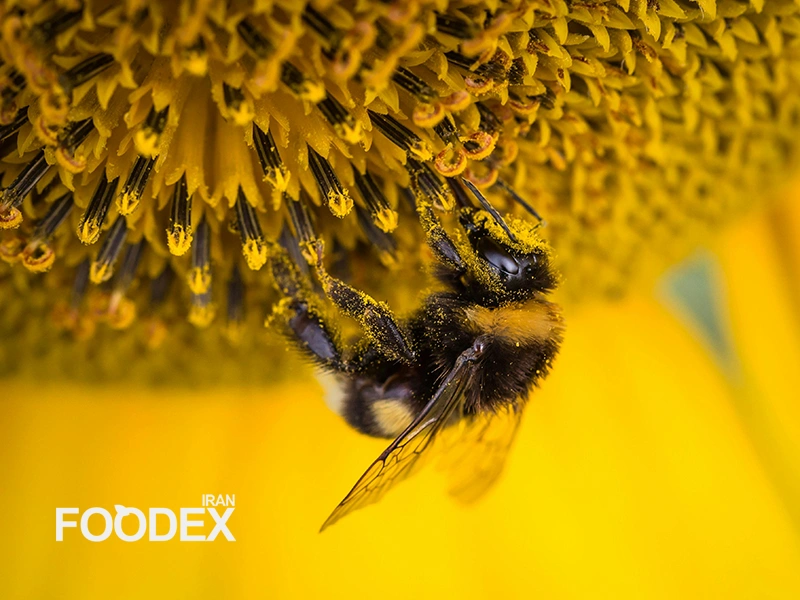
Production Methods and Harvesting of Natural Honey
1. Nectar Collection
Bees gather nectar from flowers and process it in their hives to produce honey. This process involves enzymes secreted by the bees, which transform the nectar into a thicker, more stable substance.
2. Honey Harvesting
Honey is typically harvested during spring and summer when flowers are in full bloom. Beekeepers extract honeycombs from the hives and use special equipment to separate the honey from the wax.
3. Processing and Packaging
Once harvested, honey may undergo filtration to remove impurities such as pollen or wax fragments. Raw honey, however, is bottled without filtration or heating to retain its natural nutrients. Proper packaging, often in airtight glass or plastic containers, ensures that honey remains fresh and uncontaminated.
Storage and Preservation of Honey
1. Proper Packaging
Honey should be stored in sealed, airtight containers to prevent moisture absorption and contamination. Glass jars or food-grade plastic containers are commonly used.
2. Storage Conditions
To maintain honey’s quality, it should be kept at room temperature in a dry, cool place away from direct sunlight. Avoid refrigerating honey, as this may cause crystallization.
Famous Honey Varieties Around the World
Several types of honey are renowned for their unique characteristics, originating from different plants and regions. Below are some of the most famous varieties:
1. Manuka Honey (New Zealand and Australia)
Manuka honey, derived from the nectar of the Manuka tree (Leptospermum scoparium), is celebrated for its strong antibacterial properties. The Unique Manuka Factor (UMF) measures the honey’s antibacterial potency. This honey is highly sought after for wound healing and digestive health.
2. Thyme Honey (Greece and Iran)
Thyme honey, produced from thyme blossoms, is known for its bold flavor and medicinal properties. It is particularly valued for boosting immunity and its antiseptic qualities.
3. Sidr Honey (Yemen)
Sidr honey, sourced from the Sidr tree (Ziziphus), is one of the most prized and expensive honeys in the world. It is renowned for its rich taste and therapeutic uses in traditional medicine.
4. Lavender Honey (France and Spain)
Lavender honey is made from lavender flowers and is cherished for its mild flavor and calming properties. It is widely used in culinary dishes and skincare products.
5. Tualang Honey (Malaysia)
Harvested from the hives of wild bees in Tualang trees, this honey is known for its anti-inflammatory and antibacterial properties, making it popular in Southeast Asia.
6. Chestnut Honey (Italy)
Chestnut honey, derived from chestnut tree flowers, is characterized by its dark color and slightly bitter taste. It is rich in minerals and antioxidants, making it a favorite for traditional Italian cuisine.
7. Eucalyptus Honey (Australia and Portugal)
Eucalyptus honey, produced from eucalyptus trees, has a distinct aroma and is often used to soothe respiratory issues due to its anti-inflammatory and antiseptic properties.
Global Honey Consumption Trends
Honey consumption varies significantly across regions, influenced by cultural preferences, income levels, and dietary habits. The global honey market is expanding due to increasing awareness of its health benefits and its role as a natural sweetener.
1. Honey Consumption in Europe
Europe has one of the highest per capita honey consumption rates globally, averaging 1–2 kilograms per person annually.
Top-consuming countries
Germany: The largest consumer in Europe, with an annual per capita consumption of approximately 1.7 kilograms.
Greece: Known for its high-quality thyme honey, with an annual per capita consumption of about 1.5 kilograms.
2. Honey Consumption in North America
Per capita consumption in the United States and Canada is lower than in Europe, averaging 0.75 kilograms per person annually. However, this figure is steadily increasing due to the growing demand for natural and organic products.
Growth drivers
Rising awareness of honey’s health benefits.
Increasing use in healthy diets and as a sugar substitute.
3. Honey Consumption in Asia
Consumption in Asia is generally lower than in Europe and North America but varies widely across countries:
Japan: Annual per capita consumption ranges from 0.4 to 0.6 kilograms.
China: As the world’s largest honey producer, China has a relatively low per capita consumption of about 0.3 kilograms but is experiencing growth due to increased demand for natural products.
India: Consumption is even lower, at approximately 0.1–0.2 kilograms per person annually.
4. Honey Consumption in Latin America
The average per capita consumption in Latin America is 0.3–0.5 kilograms per year.
Countries like Argentina and Mexico, major honey producers, have higher consumption rates compared to others in the region.
5. Honey Consumption in Africa
Africa has the lowest per capita honey consumption globally, averaging 0.1–0.2 kilograms per year. Limited access to commercial honey markets and lower income levels contribute to this figure.
6. Honey Consumption in the Middle East
Honey consumption in the Middle East is relatively high due to its cultural and religious significance, with an average per capita consumption of 0.5–1 kilogram annually.
Saudi Arabia: Leads the region with a per capita consumption of about 1.2 kilograms per year.
Iran: Consumption rates range from 0.9 to 1 kilogram per person annually, reflecting its deep-rooted use in traditional medicine and as a dietary staple.
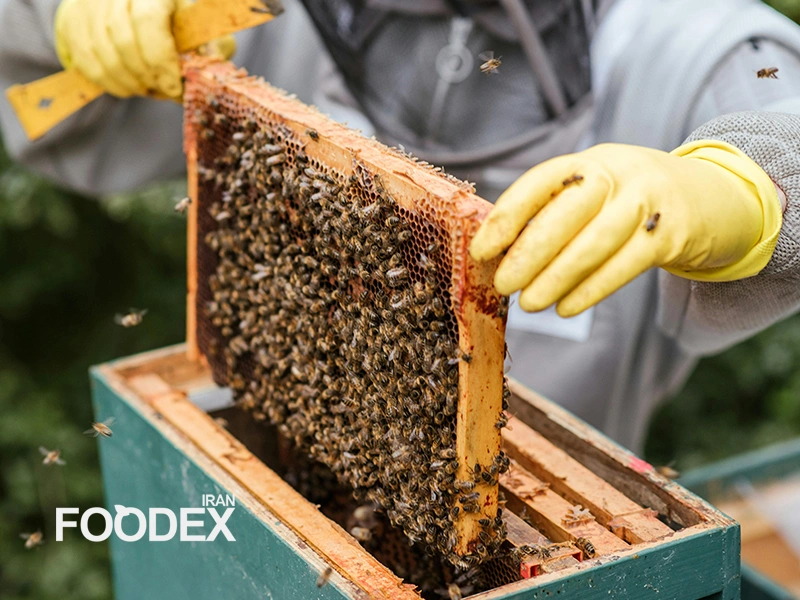
The Global Honey Market Size
1. Market Value
The global honey market was valued at approximately $10 billion in 2022 and is projected to reach $15–18 billion by 2030.
Annual growth rate (CAGR): 5–6%, driven by rising consumer awareness of honey’s nutritional and medicinal benefits and its versatility in food, pharmaceuticals, and cosmetics.
2. Major Markets
Europe: The largest consumer market, accounting for a significant portion of global demand.
North America: Rapid growth due to increased consumer interest in natural and organic products.
Asia: Emerging as a growing market, particularly in countries like China, Japan, and India.
Honey Market in the Middle East
1. Market Size
The Middle Eastern honey market is growing steadily due to the traditional importance of honey in the region’s culture and its increasing use in natural and organic products.
In 2022, the market size was estimated at $700 million.
It is projected to grow at an annual rate of 4–5%, reaching approximately $1 billion by 2030.
2. Major Consumers in the Region
Saudi Arabia
Saudi Arabia is one of the largest consumers of honey in the Middle East. Honey is deeply integrated into cultural and religious practices, leading to a high annual per capita consumption of 1.2 kilograms. The country is also a significant importer of high-quality honey varieties like Sidr honey.
Iran
Iran is both a major producer and consumer of honey. With an annual per capita consumption of 0.9–1 kilogram, honey holds a vital place in Iranian cuisine and traditional medicine. Iran also exports honey to neighboring countries and beyond.
United Arab Emirates (UAE)
The UAE is a growing market for premium and luxury honey products. Consumers in the UAE prefer high-quality imported honey, particularly varieties like Manuka and Sidr honey.
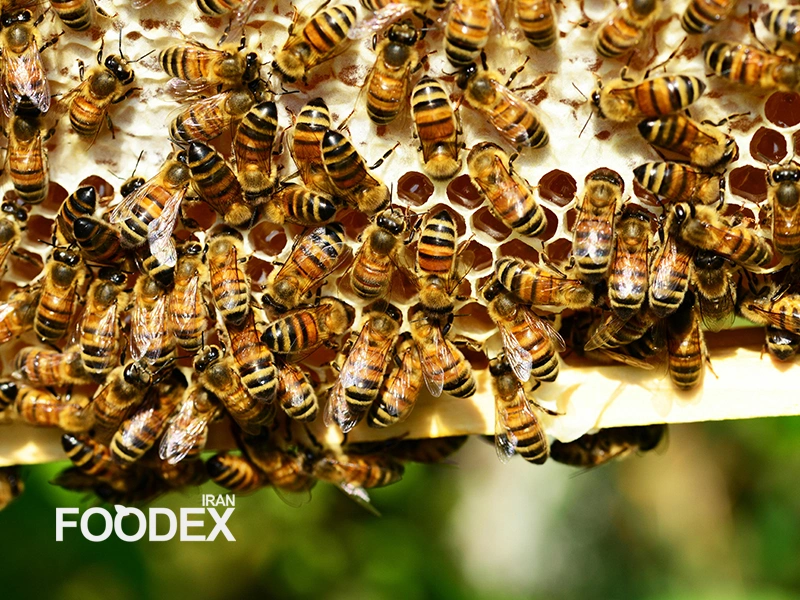
Leading Honey Exporters Globally
1. China
Production and Export Volume
China is the world’s largest producer and exporter of honey, with over 150,000 tons exported annually as of 2022.
Market Share
China accounts for approximately 25% of global honey exports.
Key Export Destinations
The United States, European Union, and Japan.
2. Argentina
Production and Export Volume
Argentina is the second-largest honey exporter, with an annual export volume of approximately 70,000 tons.
Market Share
Around 10% of global exports.
Key Export Destinations
European Union (notably Germany and Spain) and the United States.
3. Ukraine
Production and Export Volume
Ukraine is a significant honey producer, exporting around 60,000 tons annually.
Market Share
Approximately 8% of global exports.
Key Export Destinations
European Union (primarily Germany and Poland).
4. Mexico
Production and Export Volume
Mexico exports about 40,000 tons of honey annually, focusing on high-quality products.
Market Share
Around 7% of global exports.
Key Export Destinations
The United States and European Union (Germany and Spain).
5. India
Production and Export Volume
India produces and exports around 30,000 tons annually.
Market Share
Approximately 5% of global exports.
Key Export Destinations
The United States, Middle East, and European Union.
Leading Honey Importers Globally
1. United States
Import Volume
The United States is the world’s largest importer of honey, with an annual import volume of approximately 180,000 tons as of 2022.
Market Share
Over 30% of global honey imports.
Key Sources
The U.S. imports honey primarily from China, Argentina, India, and Vietnam.
Reasons for High Demand
The growing consumer preference for natural and organic sweeteners and increasing use of honey in food and beverage products.
2. Germany
Import Volume
Germany is the largest honey importer in Europe, with annual imports of around 90,000 tons.
Market Share
Approximately 15% of global imports.
Key Sources
Ukraine, Argentina, Mexico, and Spain.
Consumer Preferences
German consumers favor high-quality and organic honey, making the market particularly competitive.
3. Japan
Import Volume
Japan imports around 40,000 tons annually, making it one of the largest honey importers in Asia.
Market Share
Roughly 7% of global imports.
Key Sources
Japan imports honey primarily from China, Argentina, and New Zealand (notably Manuka honey).
Consumer Trends
Japanese consumers value premium honey for its health benefits and often use it in traditional teas and desserts.
4. France
Import Volume
France imports approximately 30,000 tons of honey per year.
Market Share
Around 5% of global imports.
Key Sources
Spain, China, and Argentina.
Usage
Honey is widely used in French cuisine, desserts, and as a natural sweetener in beverages.
5. United Kingdom
Import Volume
The UK imports about 20,000 tons of honey annually.
Market Share
Roughly 3% of global imports.
Key Sources
Spain, China, and Ukraine.
Consumer Behavior
Increasing awareness of honey’s health benefits has driven demand for organic and raw honey varieties.
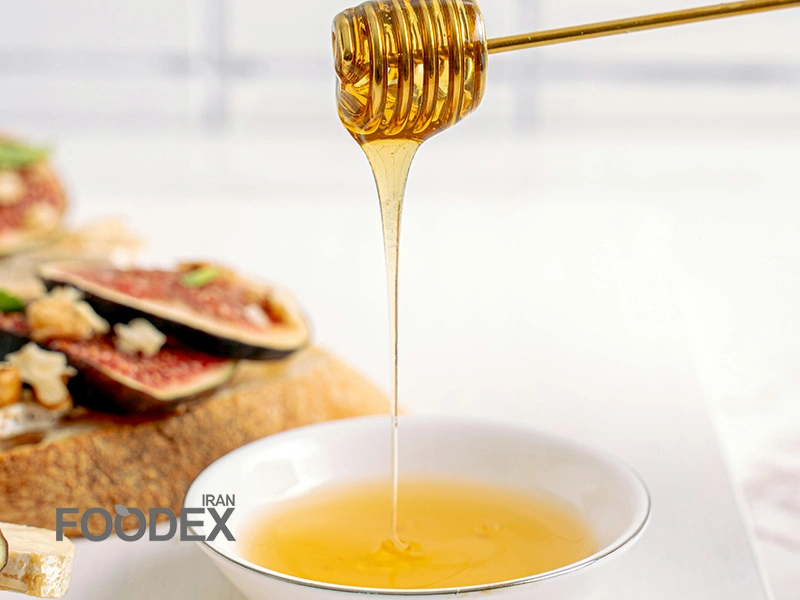
Iran’s Position in the Global Honey Market
1. As an Exporter
Global Ranking
Iran ranks among the top 10 honey-exporting countries globally, despite challenges in competing with larger exporters like China and Argentina.
Export Volume
In 2022, Iran exported between 5,000–8,000 tons of honey.
Key Export Destinations
Neighboring countries, including Iraq, Turkey, and Gulf states (e.g., Saudi Arabia, UAE), as well as Central Asian countries like Azerbaijan and Armenia. Limited exports also reach Europe.
2. Challenges in the Global Market
Sanctions
International sanctions limit Iran’s access to Western markets and create logistical barriers.
Packaging and Branding
Lack of advanced packaging and effective branding strategies reduces Iran’s competitiveness in premium markets.
Market Recognition
While Iranian honey is high-quality, its global presence remains limited due to insufficient international marketing.
3. Opportunities for Growth
Diverse Ecosystems
Iran’s rich biodiversity and varied climates enable the production of unique honey varieties like thyme, sidr, and barberry honey.
Regional Demand
Neighboring countries offer significant growth opportunities for Iranian honey exports.
Improved Standards
Adopting international standards for packaging, labeling, and marketing can help Iran expand its presence in premium global markets.
4. As an Importer
Low Import Volume
Iran is not a major importer of honey, with annual imports typically below 100 tons.
Reasons for Limited Imports
The country’s strong domestic production meets the majority of local demand, leaving little need for imported honey.
Honey Production in Iran
1. Production Volume
Iran is one of the top honey-producing countries in the world, with an annual production volume ranging between 70,000 and 90,000 tons. This places Iran among the top five global producers of honey. The country’s diverse ecosystems and rich floral resources contribute to the high quality and quantity of honey produced.
2. Number of Beehives
Iran is home to over 10 million beehives, distributed across various regions with favorable conditions for beekeeping.
3. Beekeeping Workforce
Approximately 90,000 beekeepers are actively engaged in honey production across the country. Beekeeping is particularly significant in provinces such as East and West Azerbaijan, Kurdistan, Mazandaran, Khorasan Razavi, and Golestan, where it serves as a major source of income and employment.
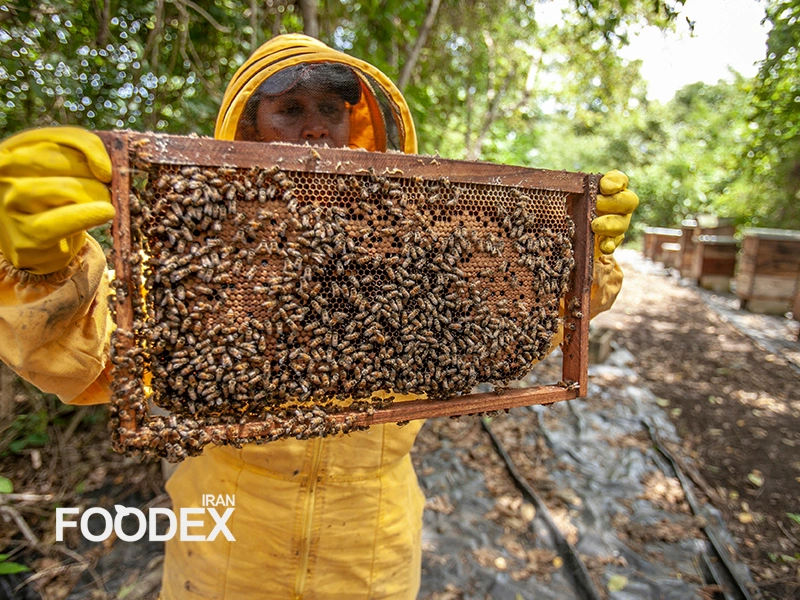
Challenges in the Iranian Honey Market
1. Lack of Advanced Packaging and Marketing
Despite its high production volume, Iranian honey struggles to gain international recognition due to inadequate packaging and marketing strategies. Improved branding and compliance with international standards could enhance Iran’s position in global markets.
2. Impact of Sanctions
International sanctions have restricted Iran’s access to key markets in Europe and North America, limiting export opportunities and forcing producers to focus on regional markets.
Strengths of Iranian Honey in the Global Market
1. Unique Varieties
Iran’s diverse geography enables the production of specialty honey varieties, such as:
Thyme Honey: Produced in mountainous regions, known for its strong flavor and medicinal properties.
Sidr (Lote Tree) Honey: Harvested in southern provinces, valued for its rich taste and health benefits.
Barberry Honey: Unique to regions like South Khorasan, known for its slightly tart flavor and antioxidant properties.
2. Regional Market Potential
Iran’s proximity to high-demand markets in the Middle East, Central Asia, and neighboring countries provides significant export opportunities.
3. Favorable Climate and Biodiversity
Iran’s varied climates and rich floral diversity create ideal conditions for producing high-quality honey with distinctive flavors and nutritional benefits.
Types of Honey Produced in Iran
Iran’s diverse ecosystems allow for the production of various honey types, each with unique characteristics:
1. Thyme Honey
Region: Mountainous areas.
Properties: Known for its bold flavor and antibacterial qualities.
2. Sidr (Lote Tree) Honey
Region: Southern provinces such as Hormozgan and Bushehr.
Properties: Renowned for its rich taste and medicinal uses in traditional remedies.
3. Astragalus (Gon) Honey
Region: Western mountainous provinces like East Azerbaijan.
Properties: Light-colored honey with calming properties, often used to support immune health.
4. Citrus Honey
Region: Northern and southern regions like Mazandaran and Fars.
Properties: Sweet and mild, with a calming aroma, derived from orange, lime, and other citrus blossoms.
5. Barberry Honey
Region: South Khorasan.
Properties: Slightly tart flavor, rich in antioxidants, and known for its therapeutic properties.
6. Acacia Honey
Region: Northern provinces.
Properties: Light in color, mild in taste, and widely preferred for its versatility in culinary applications.
Organizations and Standards for Honey Certification
The quality of honey is determined by various factors, including purity, the absence of contaminants, and compliance with international standards. Several global organizations and standards govern the certification and regulation of honey, ensuring its quality and safety.
1. International Organization for Standardization (ISO)
Role
ISO develops standards to ensure the quality, purity, and safety of honey and related products.
Key Standard for Honey
ISO 24607 outlines general requirements for honey and bee products, including purity, authenticity, and hygienic properties. This standard is currently in the Draft International Standard (DIS) stage.
Focus Areas
Composition, such as glucose and fructose levels.
Moisture content
Absence of contaminants like antibiotics, heavy metals, and pesticides.
Methods for testing authenticity and quality.
Applications
Used by producers, traders, and exporters to comply with international market requirements.
2. Food and Agriculture Organization (FAO)
Role
FAO promotes sustainable honey production and international trade by setting guidelines for quality and safety.
Key Contributions
Provides training and resources for beekeepers in developing countries.
Collaborates with national governments to establish honey quality standards.
Focus Areas
Sustainable practices in honey production.
Trade policies and global market access for honey producers.
3. World Health Organization (WHO)
Role
WHO works alongside FAO to ensure that honey meets global health and safety standards, particularly in its use as a natural remedy.
Key Focus
Evaluating honey’s antimicrobial and nutritional properties to guide its use in healthcare.
4. UMFHA (Unique Manuka Factor Honey Association)
Role
The UMFHA, based in New Zealand, regulates the certification of Manuka honey, ensuring its authenticity and quality.
Key Certification
The UMF (Unique Manuka Factor) grading system measures the antibacterial activity of Manuka honey based on levels of methylglyoxal (MGO) and other compounds.
Applications
Used to grade and certify Manuka honey for export, ensuring consumer trust and compliance with international standards.
5. Codex Alimentarius Commission
Role
A joint effort by FAO and WHO, the Codex sets global food safety standards, including guidelines for honey.
Key Guidelines
Minimum and maximum moisture content.
Prohibited additives and contaminants.
Labeling requirements to ensure transparency for consumers.
Applications
Codex standards are widely used in international trade to prevent disputes and maintain quality.
6. International Honey Commission (IHC)
Role
IHC focuses on promoting honey quality and safety through research and standardization.
Key Contributions
Develops analytical methods for honey testing.
Provides guidance on detecting adulteration and contaminants.
Applications
Used by laboratories, honey producers, and regulatory agencies worldwide.
7. National and Regional Certification Bodies
Each country often has its own certification organizations that ensure compliance with local standards:
EU Organic Certification: Ensures honey is free from synthetic additives and produced using sustainable practices.
USDA Organic Certification: Regulates organic honey production in the United States, emphasizing sustainable beekeeping practices.
Iran’s Standards and Industrial Research Organization (ISIRI): Governs honey production and quality in Iran, ensuring compliance with national and export standards.
Why Certifications Matter
Certifications provide assurance to consumers about the authenticity and quality of honey. They help:
Build trust in domestic and international markets.
Prevent adulteration and fraud.
Facilitate market access for exporters.
Conclusion
Honey is not just a natural sweetener; it is a timeless gift of nature with unparalleled nutritional, medicinal, and economic value. From ancient civilizations to modern times, honey has been cherished as a vital food source, a natural remedy, and a cultural treasure. The diversity of honey varieties worldwide, including Iran’s distinctive offerings like thyme and sidr honey, underscores the importance of regional biodiversity and traditional beekeeping practices.
The global honey market continues to expand, driven by increasing consumer demand for natural, organic, and health-promoting products. For countries like Iran, with its rich history of honey production, this presents a unique opportunity to strengthen its position in the international market by addressing challenges such as packaging, branding, and compliance with global standards.
Certifications and quality assurance systems play a pivotal role in maintaining consumer trust, fostering sustainable production, and enabling global trade. Organizations such as ISO, FAO, and Codex Alimentarius set benchmarks for honey quality and authenticity, ensuring that producers and consumers alike benefit from safe, high-quality honey.
As honey gains recognition for its therapeutic properties and versatility, it is poised to remain a staple in diets, traditional medicine, and even modern pharmaceuticals. By embracing innovation, enhancing quality standards, and leveraging market opportunities, the honey industry can continue to thrive, preserving its heritage while meeting the evolving needs of consumers worldwide.
References
Food and Agriculture Organization (FAO): www.fao.org
World Health Organization (WHO): www.who.int
Research Reports on Honey, Journal of Global Nutrition & Health
International Journal of Honey Research
United Nations Conference on Trade and Development (UNCTAD): www.unctad.org
International Honey Market Report, 2023: Published by the International Honey Market Organization
International Trade Centre (ITC): Trade Reports 2022
Ministry of Agriculture Jihad, Iran: Annual Honey Production Reports
World Trade Organization (WTO): International Honey Trade Reports 2022
International Bee Research Association (IBRA): Scientific Resources on Beekeeping and Hive Products
Smithsonian Magazine: A History of Honey
International Honey Market Report, 2023: Published by the International Honey Market Organization
Ehsan Allahverdi
Executive Manager of Foodex Iran
Marketing Consultant for Leading Food & Beverage Brands
website | linkedin

